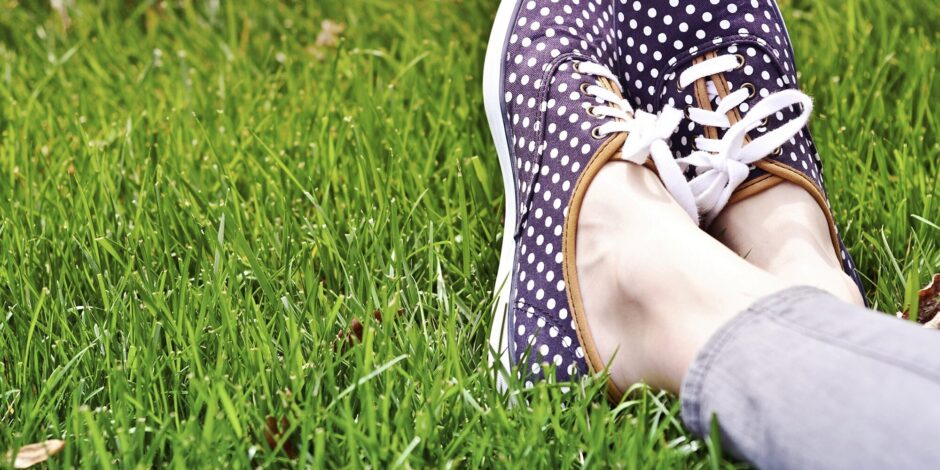It was nine months in the making, involving a collaborative effort from across the industry spectrum, and now it’s here: the first-ever shoe sustainability guide for brands and retailers so they can collectively make more eco-friendly decisions. Specifically, the guide enables companies to make better, faster and easier choices when it comes to a range of sustainable materials chosen and sourced. FDRA (Footwear Distributors & Retailers of America) worked with dozens of suppliers for months to develop the guide with a key focus on providing much-needed clarity and targets—both of which have been lacking and hindering sustainability efforts.
Andy Polk, FDRA’s senior vice president, says the guide will immediately help clear up the muddy waters on what is and isn’t sustainable materials, so companies can source better materials with greater ease. “There’s a lot of decision paralysis with many companies because they don’t have benchmarks or targets, and this should help get more of the industry moving forward faster,” he says. “It provides a roadmap and strategy so many companies need now.” Looking further out, Polk says FDRA’s Green North Star targets will help align the industry so it can lower development costs and increase sustainable material innovation. “It should also help foster more collaborations to solve complex and costly challenges around sustainable materials,” he adds.
Polk says putting the guide together took a village—an industry-sized one. “It was the largest collaboration on any project, other than fighting tariffs, FDRA has seen from the industry,” he says. “We had group calls with nearly 200 shoe experts, brands and suppliers sharing ideas. There were also probably 50-plus major companies with input and comments over a nine-month period.” Notable shoutouts for making the guide a reality, he says, go to Caleres’ team for helping craft the overall vision, and Wolverine Worldwide, Steve Madden, Keen and several other major companies that helped with some of the more intricate work on percentages and practices.
Speaking of which, the guide is focused on providing environmentally preferred material (EPM) thresholds that companies can use to benchmark current sustainability efforts against the industry average; help with choosing more sustainable materials; and aligning companies on goals to increase overall impact and lower costs. The guide also informs retailers about material requirements that are tailored to shoes instead of clothing or other products that do not meet the industry’s product performance levels. As Polk says, there’s a lot of noise and confusion surrounding sustainability—a lot of “you should” instead of “how to,” as well as little benchmarking on eco-friendly efforts. The guide helps the industry head collectively in the right direction, i.e. there’s strength in numbers.
While Polk notes a lot of progress has been made on the sustainability front, especially of late, much of it remains piecemeal. “Most companies still lack an overarching strategy to tie efforts together, and their departments are not always fully aligned to maximize efforts,” he says. “This guide helps designers to development to sourcing teams share a common idea on sustainable materials so we can choose the right one from the start and align across departments to execute accurately.” He adds, “We want to make a sustainability roadmap to help people navigate the journey better.”




